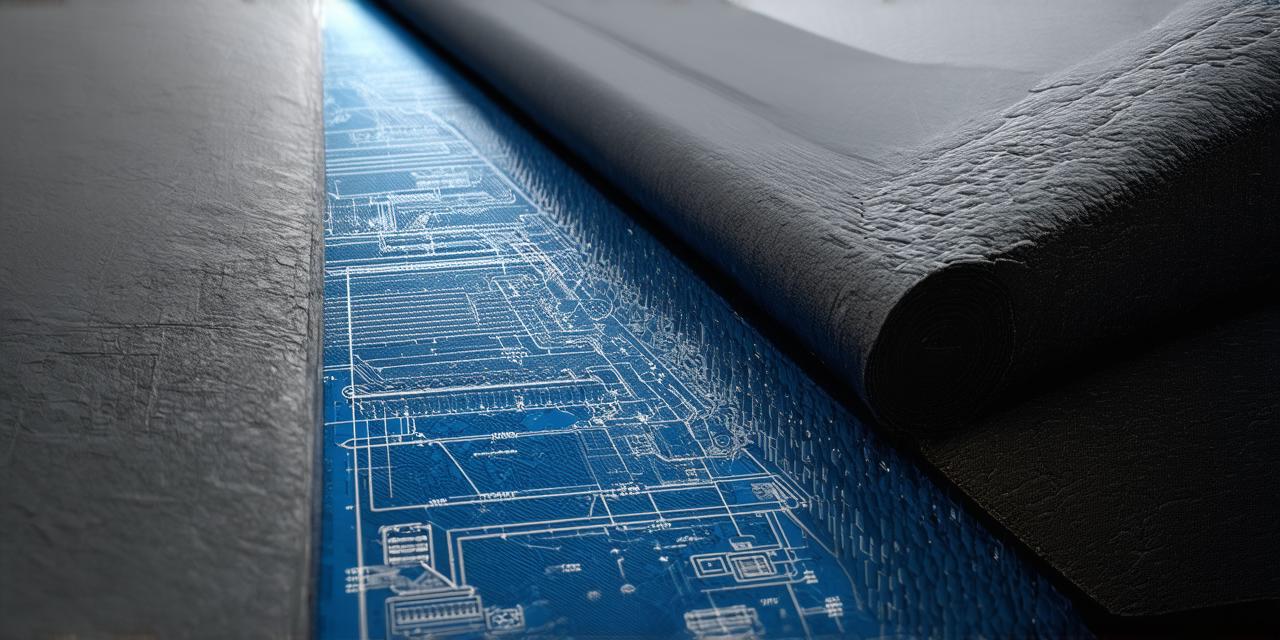Unreal Engine is a powerful game engine that allows you to create immersive and interactive experiences. One of its key features is the ability to create complex game logic without writing code using Blueprint Visual Scripting. In this tutorial, we will guide you through the process of creating a simple game using Unreal Engine Blueprints.
Getting Started with Blueprint Visual Scripting
Before we begin, make sure you have the latest version of Unreal Engine installed on your computer. Once you have Unreal Engine installed, open it and create a new project.
Once you have created a new project, navigate to the Content Browser in the main window. Here, you will see a folder called “Blueprints.” This is where you will create and manage your Blueprint visual scripts.
Creating Your First Blueprint
To create your first Blueprint, right-click on the “Blueprints” folder in the Content Browser and select “New Class.” In the “Create New Class” dialog box, enter a name for your Blueprint (e.g., “PlayerController”) and select “Blueprint Class” as the parent class.
Next, you will be presented with the default Blueprint canvas. This is where you will design your game logic using visual nodes and connectors. The canvas consists of several panels, including the Graph, Details, and Inspector panels.
The Graph panel is where you will create the flowchart for your game logic. Here, you can add nodes and connect them with lines to create a sequence of actions. The Details panel provides information about the selected node, while the Inspector panel displays the properties and settings for the selected node.
Adding Nodes to the Graph
To add a node to the Graph, simply right-click on the canvas and select the type of node you want to add from the dropdown menu. There are several types of nodes available in Blueprint Visual Scripting, including input/output nodes, control flow nodes, and custom nodes.
Once you have added a node to the Graph, you can connect it to other nodes by dragging the output of one node onto the input of another. You can also right-click on a node and select “Add Line” to create a connection between two nodes without having to manually drag and drop the nodes.
Creating Custom Nodes
In addition to the built-in nodes, you can also create your own custom nodes using C++ code. To do this, right-click on the Graph panel and select “Add Custom Node.” This will open the “Create Custom Node” dialog box, where you can enter a name for your node and add any necessary code.
Once you have created your custom node, you can use it in your Blueprint by dragging it onto the canvas and connecting it to other nodes as needed.
Debugging Your Blueprint
As you create your game logic using Blueprint Visual Scripting, you may encounter errors or bugs. To debug your Blueprint, you can use the “Debugger” tool in Unreal Engine.
To open the Debugger, navigate to the “View” menu and select “Toggle Debugger.” This will enable the Debugger and highlight any nodes that contain errors or bugs in red. You can then click on these nodes to view the details of the error and make any necessary changes to your code.
Conclusion
In conclusion, creating game logic using Blueprint Visual Scripting in Unreal Engine is a powerful and intuitive process.
